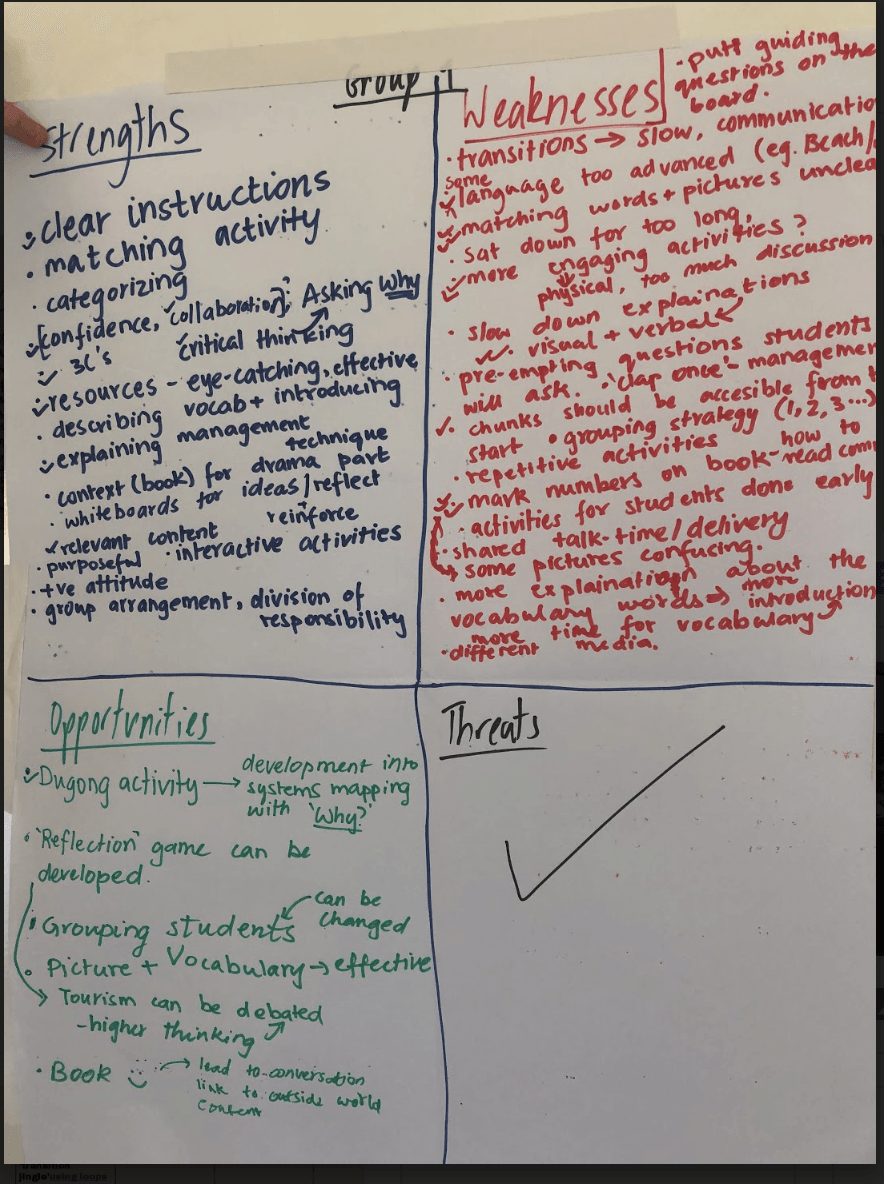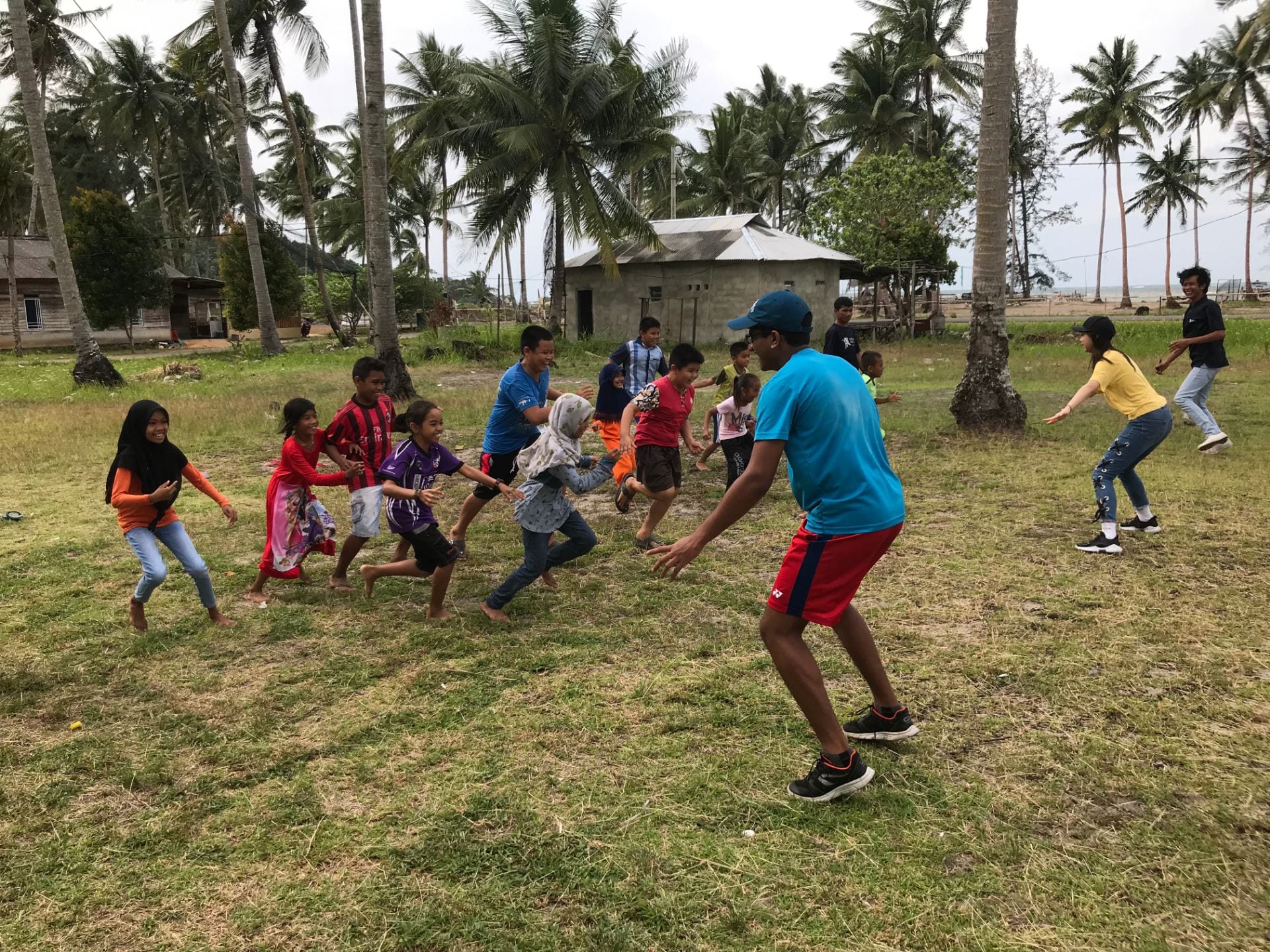Throughout history and across cultures, societal expectations have placed pressure on individuals to assume their conventional duties or embody the societal roles expected of them, however, the disempowering effect these expectations can have on individual freedom and happiness has also been shown widely. Two literary works are notable for their representation of social conformity as a global issue of culture, identity and community: the famous ancient greek tragedy ‘Antigone’ by playwright Sophocles and the darkly humorous graphic novel ‘Fun Home’ by Alison Bechdel. Antigone is a play set in 4th century Thebes in which Sophocles unconventionally presents the fiery, dominant and headstrong character of Antigone, a female and the eponymous protagonist of the work. Sophocles depicts how she is ironically prevented from experiencing social traditions like marriage and motherhood because she followed her religious duty to bury her dead brother, elucidating how ingrained social expectations are and how individuals who do not participate in social traditions feel like their lives have been rendered futile. The more recent Fun Home is Alison Bechdel’s graphic novel – an autobiographical expression of her childhood and family life growing up in conservative suburban rural Pennsylvania in the 1980’s wherein she depicts the unfortunate and loveless marriage of her parents, Helen and Bruce, to exemplify and criticise the disempowering and oppressive effects of social expectations and taboos. Although both of these norm-defying authors portray the need to conform with cultural expectations and oppression in different ways – with Sophocles depicting how the dictatorial King Creon has oppressed and stripped Antigone of her socio-religious rights and Bechdel depicting how social appearance has pressured her parents to oppress themselves in attempts to be accepted – the commonality of the issue of social oppression is apparent across epochs and across cultures.
In Antigone, Sophocles develops Antigone’s character to show that she is a woman who will not succumb to regimes that oppress her natural rights or natural freedoms and is not afraid of being non-submissive towards male authority. However, in the 4th episode right before she is sent to her live burial, Sophocles portrays Antigone’s fear and recognition in a monologue where she reflects and worries about losing the ability to participate in social traditions like her marriage to Haemon and motherhood. Sophocles highlights that although Antigone would not conform to rules, she inherently wants to experience the social aspects of marriage and motherhood expected of her. Sophocles aims to illustrate how the belief that following social expectations, through being a domicile woman, translates into living a ‘normal’ life through the fact that a woman as independent as Antigone feels like she has lost her chance at life if she will not be able to marry.
Sophocles humanises Antigone in this monologue to emphasise how intrinsic social expectations are. Throughout the monologue, Sophocles demonstrates Antigone’s newfound sadness as she says ‘O my tomb, my bridal-bed, my house, my prison’ wherein the use of apostrophe with the juxtaposition of her death to her marriage highlights the reversal of societal norm as her time of death will come before her time of betrothal and the repetition of ‘my’ as a personal pronoun highlights her personal emotional toil and the strife in comparing what was meant to be her time to live into her time to die. Sophocles furthermore highlights a sense of loss by listing, showing ways in which Creon is stripping Antigone of her rights to life when she says she will have ‘no part in the bridal song, the bridal-bed, denied all joy of marriage’ and ‘raising children’ in which the pre-modifying of words with ‘bridal’ and the consonance of the plosive ‘b’ harshly emphasises how she has led a futile life. Additionally, Sophocles continues to relate the reversal of rights of marriage to death when Antigone says she will be with ‘Persephone’ referencing to the god of fertility and death that uniquely fits in with her situation to show her dilemma. Sophocles uses the longing tone of the monologue to show that Antigone is almost regretting her previously unbreakable conviction to go against the law and wishes she has been more of a typical submissive woman who could experience marriage and motherhood. Antigone seems to forget the righteousness of actions that were even secretly considered ‘heroic’ by the King’s men because she is losing out these traditions. Sophocles shows the permeating nature of social expectation through describing how even the strong and non-archetypal character of Antigone feels like her life is futile, incomplete and ostracised due to her lack of participation in social events.
Interestingly, Sophocles’s use of Antigone’s character in the whole text can be seen as a device for debating social conformity and potentially even addressing feminist concerns. Considering the social elements of construction of this work as a whole being a play written by men, for men and definitely before the feminist movement, Sophocles projection of Antigone as a non-archetypal female character creates more questions. In this scene especially, Antigone’s heavy reliance on asking rhetorical questions that challenges Creon’s social authority such as ‘what mighty laws have I transgressed?’ contrasted with her strong opinionated and hyperbolic wishes for men who she later calls ‘the masters of injustice!’ to face condemnation themselves could be seen as Sophocles device for debating social conformity wherein he asks ‘what happens when a female breaks male authority’. Considering the social reception, this could be a misogynistic warning to men allowing female authority or freedom or it could be Sophocles breaking paradigms by criticizing the self-doubt and mistreatment that comes as a part of being a non-conformer in a society especially if you are a woman. In the larger play, Sophocles complicates the role of the tragic hero in the story and creates doubt about whether an arrogant man, like Creon, or a nonconforming woman, like Antigone, is meant to be the tragic hero in the play – especially as both experience anagnorisis. Either way, both the social authority and those oppressed by social authority ultimately have tragic fortunes and Sophocles highlights the futility of enforcing or participating in social norms.
In Fun Home, Bechdel grapples with the complicated role her father played in her life through describing intimate and insightful details into her family life and childhood. After she discovers that her father had been a closeted homosexual her whole life and reflects upon the marriage of her parents and the household she grew up in. In the chapter ‘That Old Catastrophe’ she depicts the beginnings of her parents’ relationship along with the sad state of their marriage. As seen throughout the novel, Bechdel heavily relies on intertextual references to comment on how the pressures to maintain the facade of an ‘appropriate family’ and domestic roles in society can lead people into feeling disempowered and helpless in their own lives. In comparison to Sophocles, Bechdel casts social pressure of a conservative 1980’s society as the oppressions to individuals in this time rather than a dictator like Creon.
Bechdel depicts the disempowering and degrading effect that marriages built on societal pressure can have on individuals by comparing her mother, Helen, to examples of women in literature who have been stripped of independence due to the pressure upon them to fall into marriages. She compares Helen to Katherine from Shakespeare’s Taming of the Shrew – a character who’s independence and strength is lost when pushed into an abusive marriage. Bechdel draws parallels to how Helen’s spirit, just like Katherine’s, ‘is broken down by’ their ‘domineering’ partners to highlight how the popular belief that women should not oppose marriage leads to the oppression of women who want to have individuality. Interestingly, following the last panel in this passage, Bechdel goes on to comments on the self-oppression of women in society to participate in their social duties as wives when she compares Helen to Isabel in Henry James’s ‘Portrait Of A Lady’ by saying, just like Isabel stayed with her lying husband, Helen stays with Bruce after knowing about his homosexuality because she is ‘too good for her own good’ wherein the wordplay of ‘good’ serves to show how following the social expectations to please others may actually be worse than social rejection for an individual. Bechdel compares the marriage of Helen and Bruce to these unfortunate relationships to criticise the tradition of a marital facade and through the extensive use of references, indicate how common it is to be stuck in this ‘very run of the mill conventional relationship’, highlighting how this is a widespread issue of social oppression and self-oppression.
Bechdel uses the form of the graphic novel to explicitly display the sadness that pervades families that enter into these forced marriages through the visual representation of her own family together during her sombre childhood and comments on the consequences of having a family solely for obligation. Bechdel describes a typical evening in her household wherein Helen and Bruce are arguing. In this panel, Bechdel and her brothers are hiding behind the staircase, holding on the railing whilst looking down at their parents, yelling and swearing abusive terms at each other. Bechdel displays a sense of chaos and violence in this panel, with pages torn from library books suspended in the air with Bruce standing with hostile body language towards Helen who looks fearful and shocked. Bechdel retrospects on how she – as a child – was in a sense ‘trapped’ by her parents’ disdain for each other through them holding the staircase railings resemblant of a sort of jail and overlooking her parents according to the arrangement of the panels here. Additionally, Bechdel shows how it was not only the children that were trapped, but her parents as well in a photo of them together directly after this passage, where their stoic expressions ranging from repressed fear to repressed anger display how the family lacked the love and happiness typical of an idyllic family. Through this, Bechdel portrays the irony that the idyllic family life that Helen and Bruce believed would come with following social norms is unattainable when it is solely created to please society. Similarly to Sophocles, Bechdel highlights and challenges the futility of believing that conforming with social norms will derive happiness.
In conclusion, both Sophocles and Bechdel take on this issue of social oppression and the pressure to conform in their individual unique and creative ways by themselves transforming the conventions of what is expected of their individual genres. The exploration of these works spark the questions as to why seeing the opinionated and strong character of Antigone still seems so elusive and non-archetypal in our supposedly modern world and why the character of Helen is something more resonant and typical in society. By contrasting the old with the new, it leaves the question: has modern feminism come as far as we believe?







